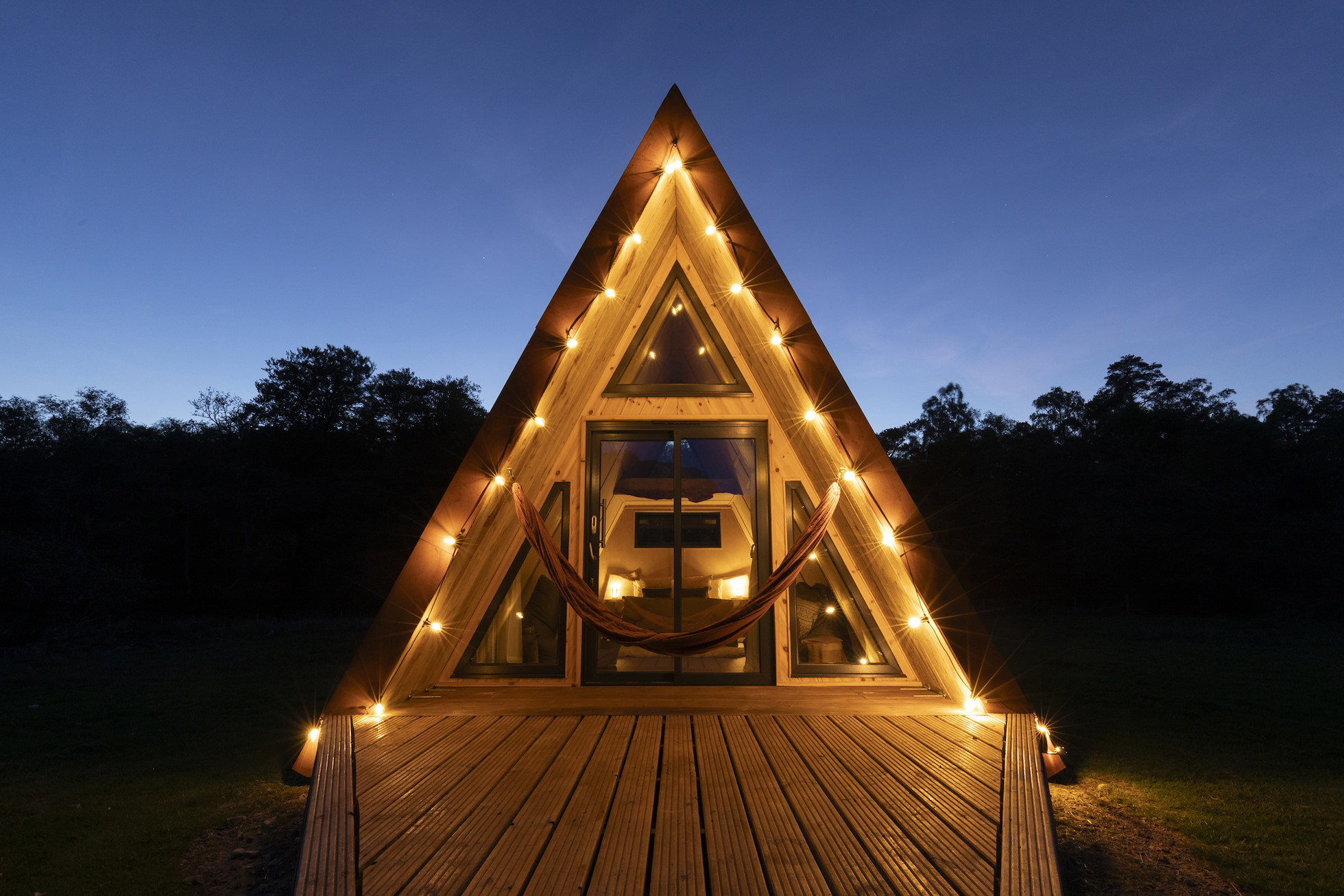Partner Portrait: Torlundy Farm
With ancient woodlands, expanding wetlands and a pristine river at the foot of Ben Nevis, Torlundy Farm is a place where nature and farming thrive together. Through wildlife-friendly grazing, eco-tourism and the creation of new habitats, the farm is unlocking opportunities that benefit both nature and business.
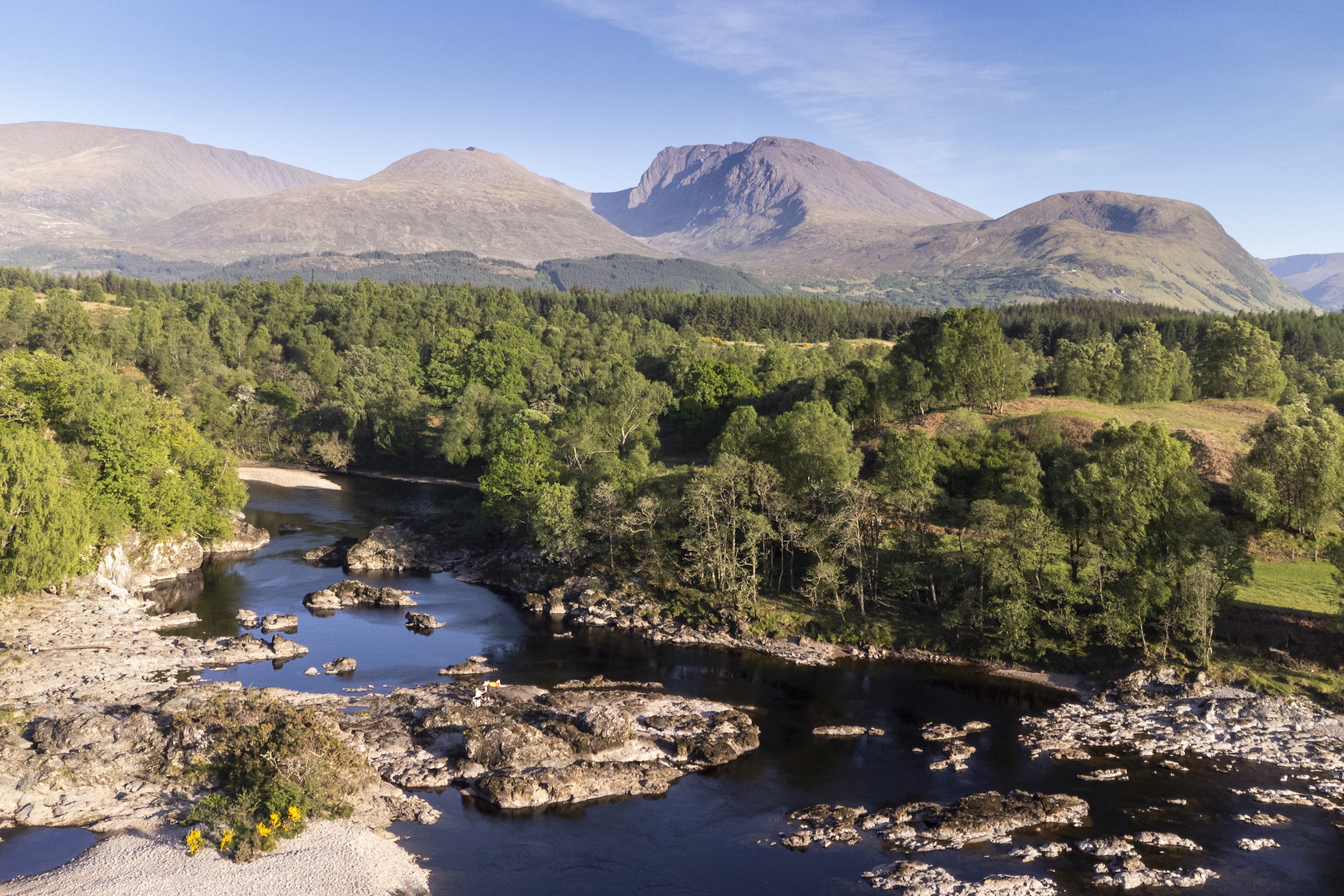
Nestled at the foot of Ben Nevis and bordered by the River Lochy, Torlundy Farm is a magical place of ancient woodlands, expanding wetlands, a pristine river and an array of wildlife. The 500-acre farm was once part of a much larger ‘cowboy-style’ cattle ranch that extended from Torlundy to Spean Bridge. Today the farm is managed sympathetically alongside nature, with a small herd of breeding Highland cattle and around 200 ewes.
Driven by the vision of Julie French and her family, the farm has been on a path towards nature recovery for several years. As part of the Loch Abar Mòr partnership, there are now plans to further expand the woodland and wetland habitats, and create wildflower meadows to increase the biodiversity across the farm. Alongside livestock farming, an illustrious camping and tourism business has helped the farm achieve greater financial security through diversification.
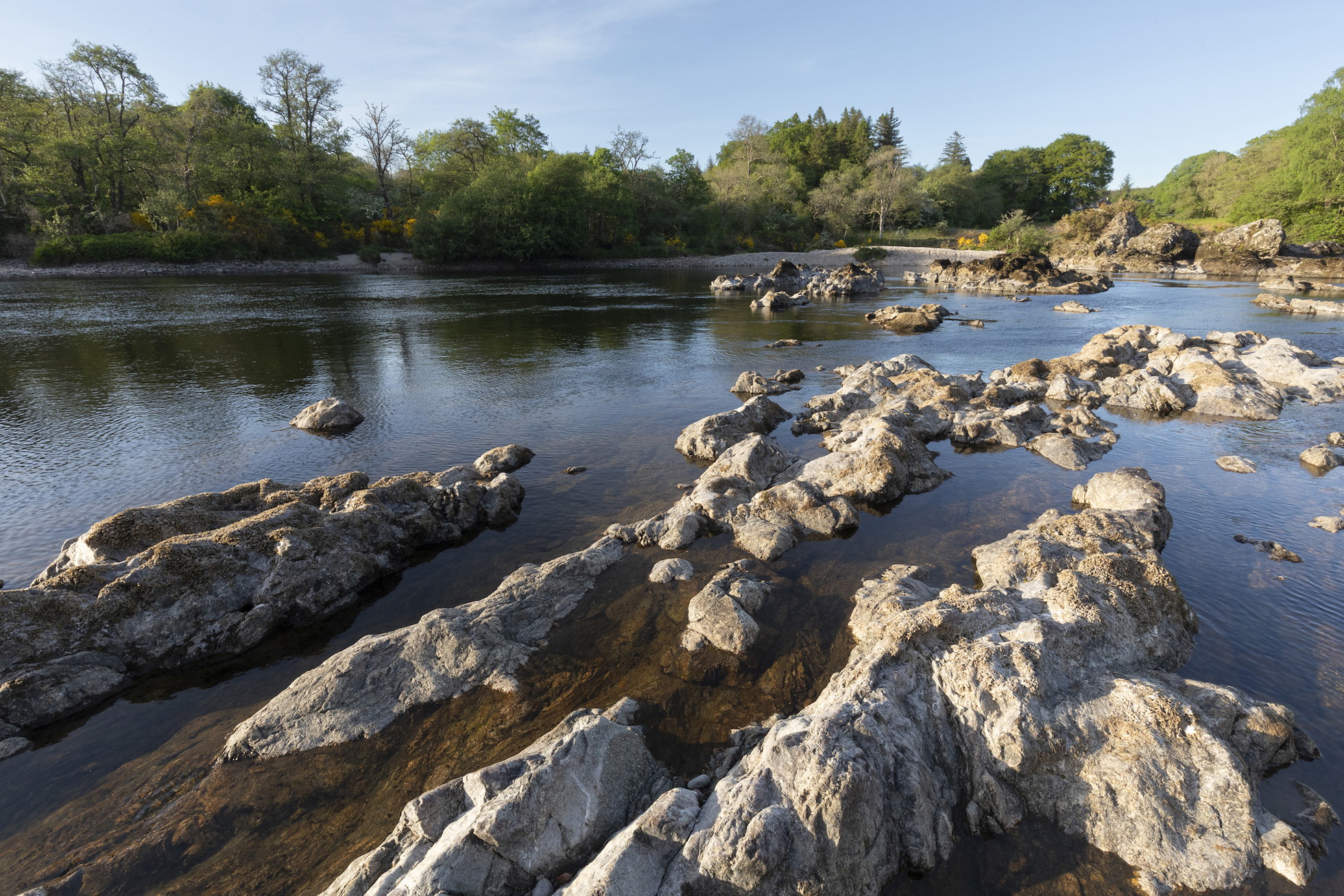
The clean, clear waters of the River Lochy flow for three miles alongside the farm, providing a wonderful habitat for wildlife.
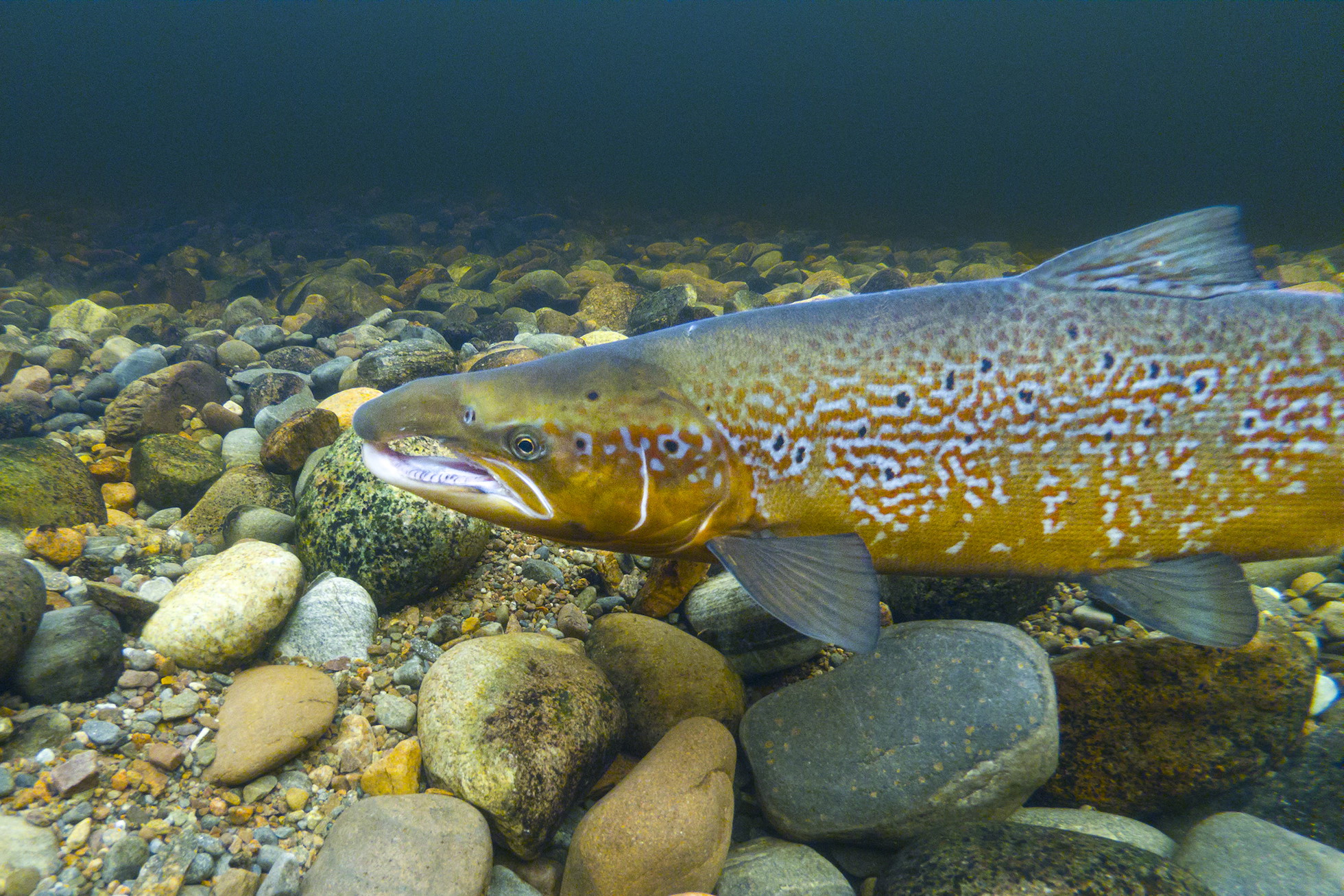
‘The Lochy is the Queen of Scottish salmon rivers,’ wrote John Ashley-Cooper in 1982 in A Salmon Fisher’s Odyssey. It still boasts some of the largest salmon caught in Lochaber today.
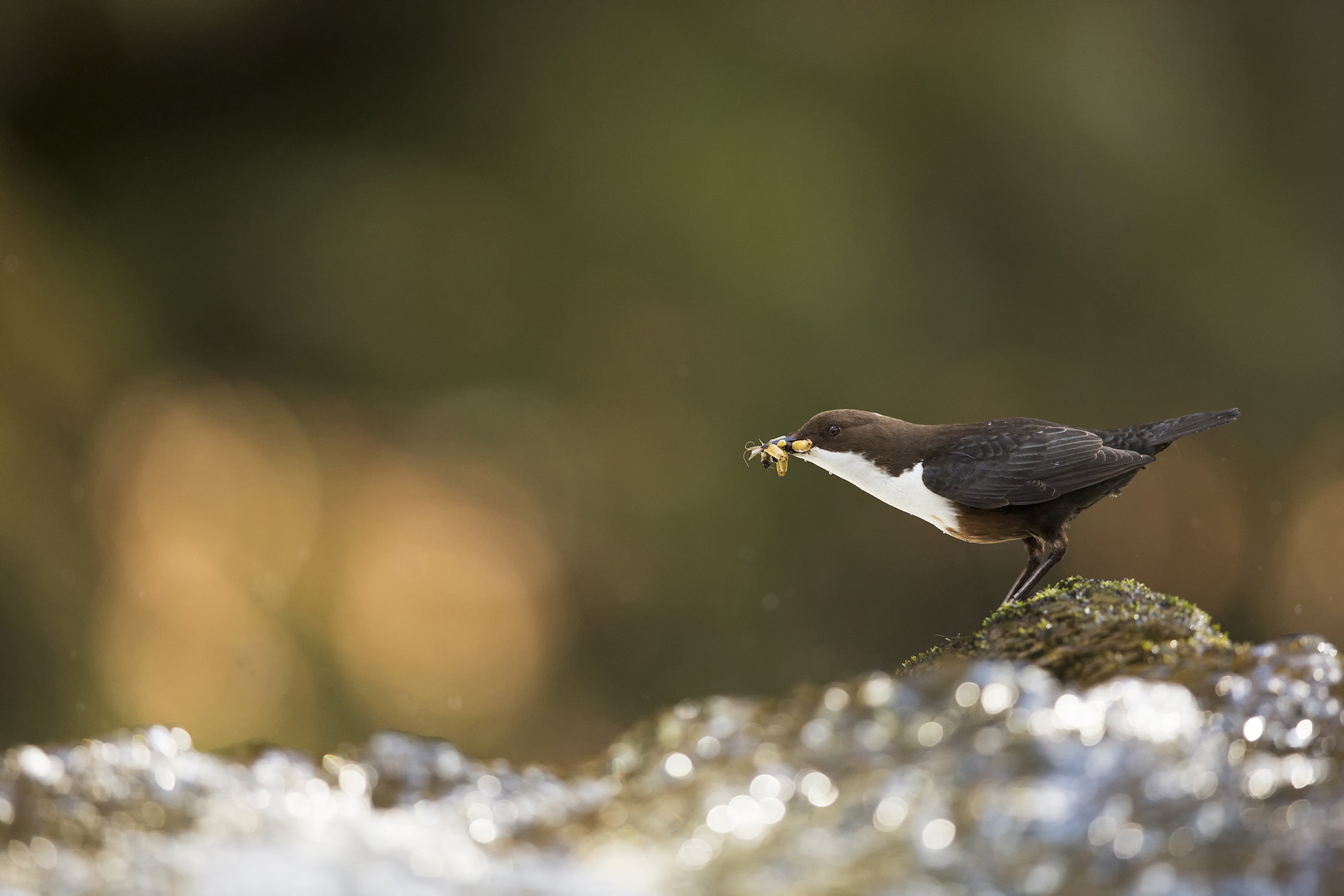
The fast-flowing sections of the river support a diversity of aquatic life, including a plentiful supply of invertebrates for breeding dippers.
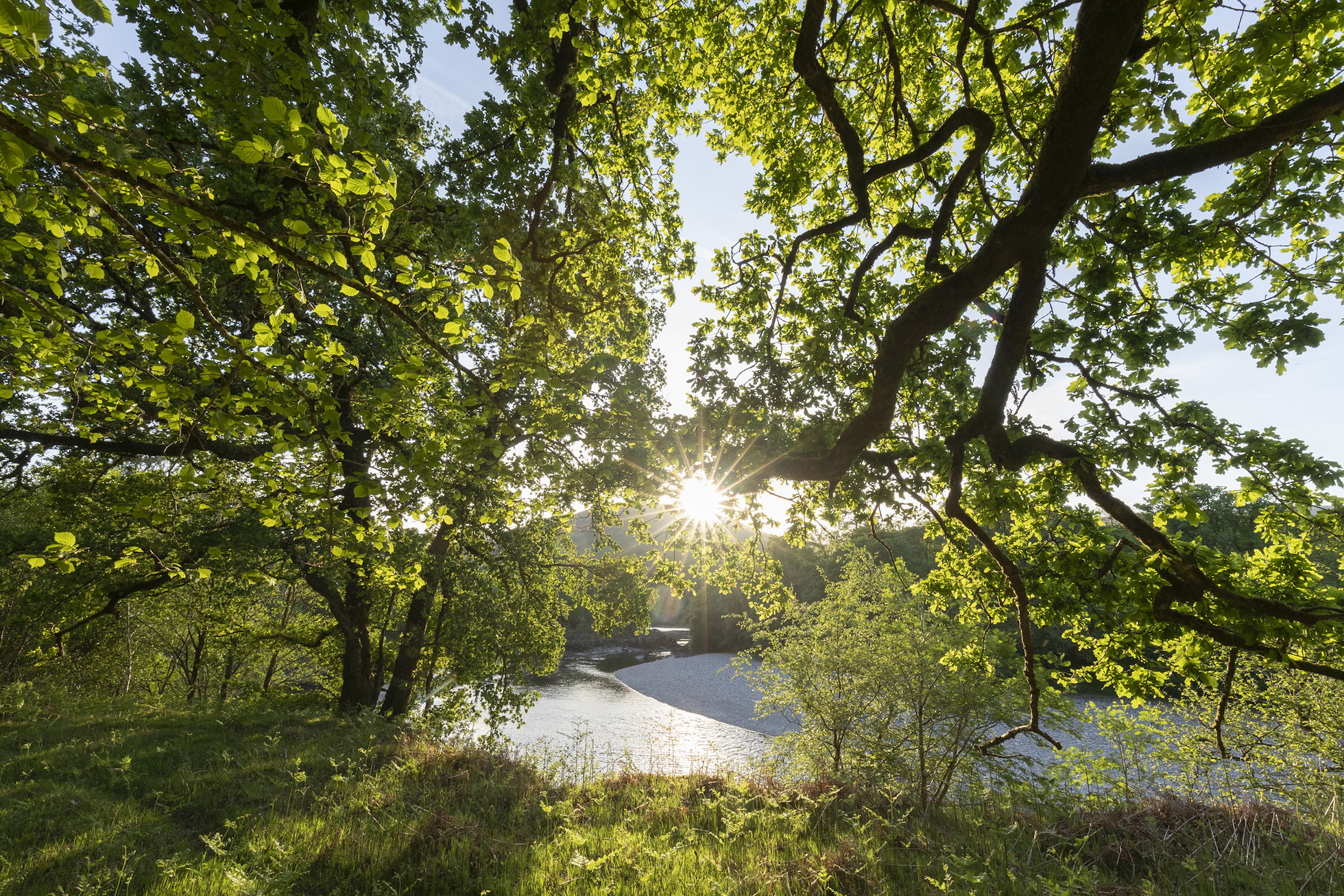
As it meanders its way to the salt water of Loch Linnhe, the Lochy passes some of Torlundy’s beautiful ancient woodland.
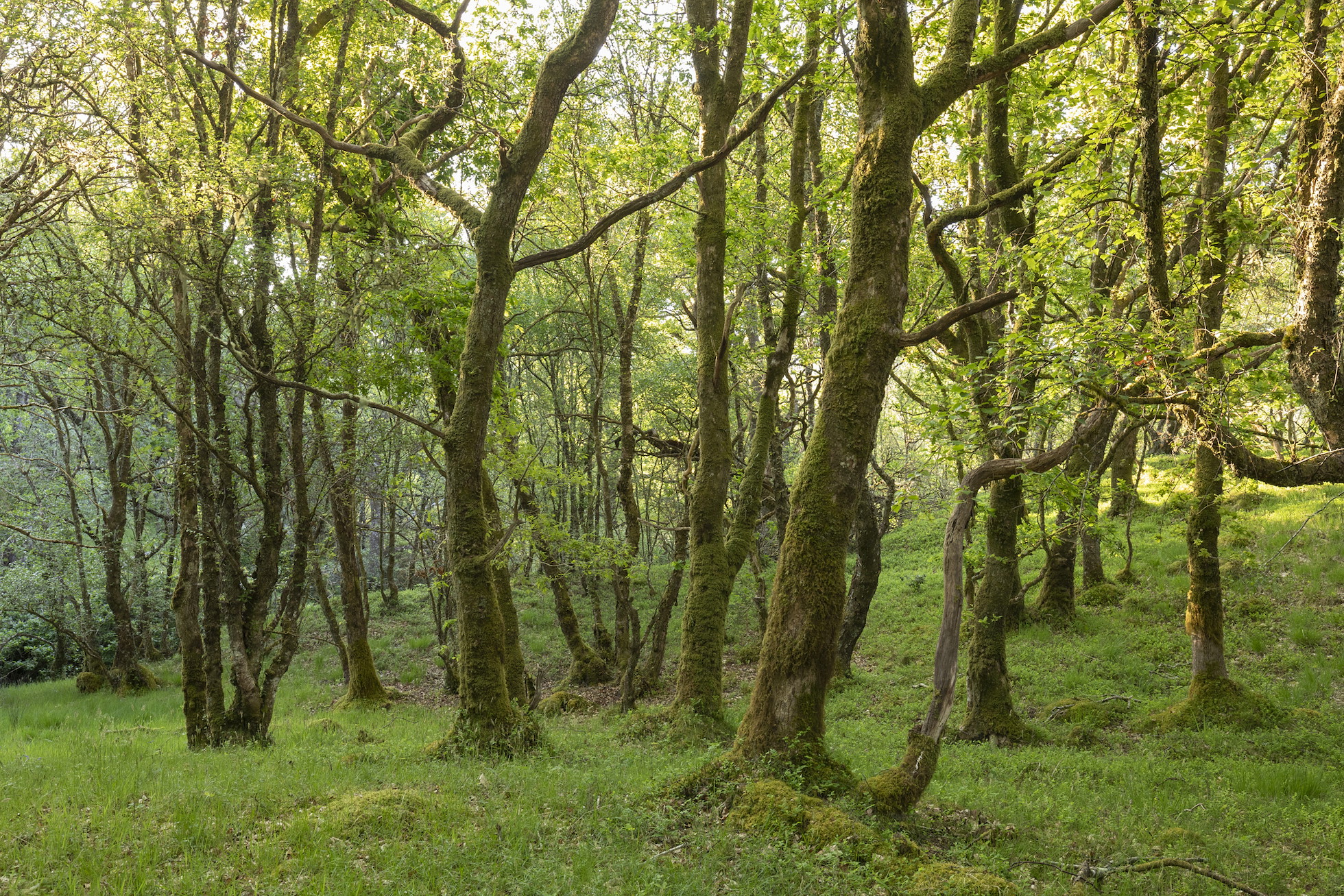
Recognised as part of Scotland’s network of Atlantic rainforest habitat, these woods support a diversity of lichen, bryophytes and fungi.
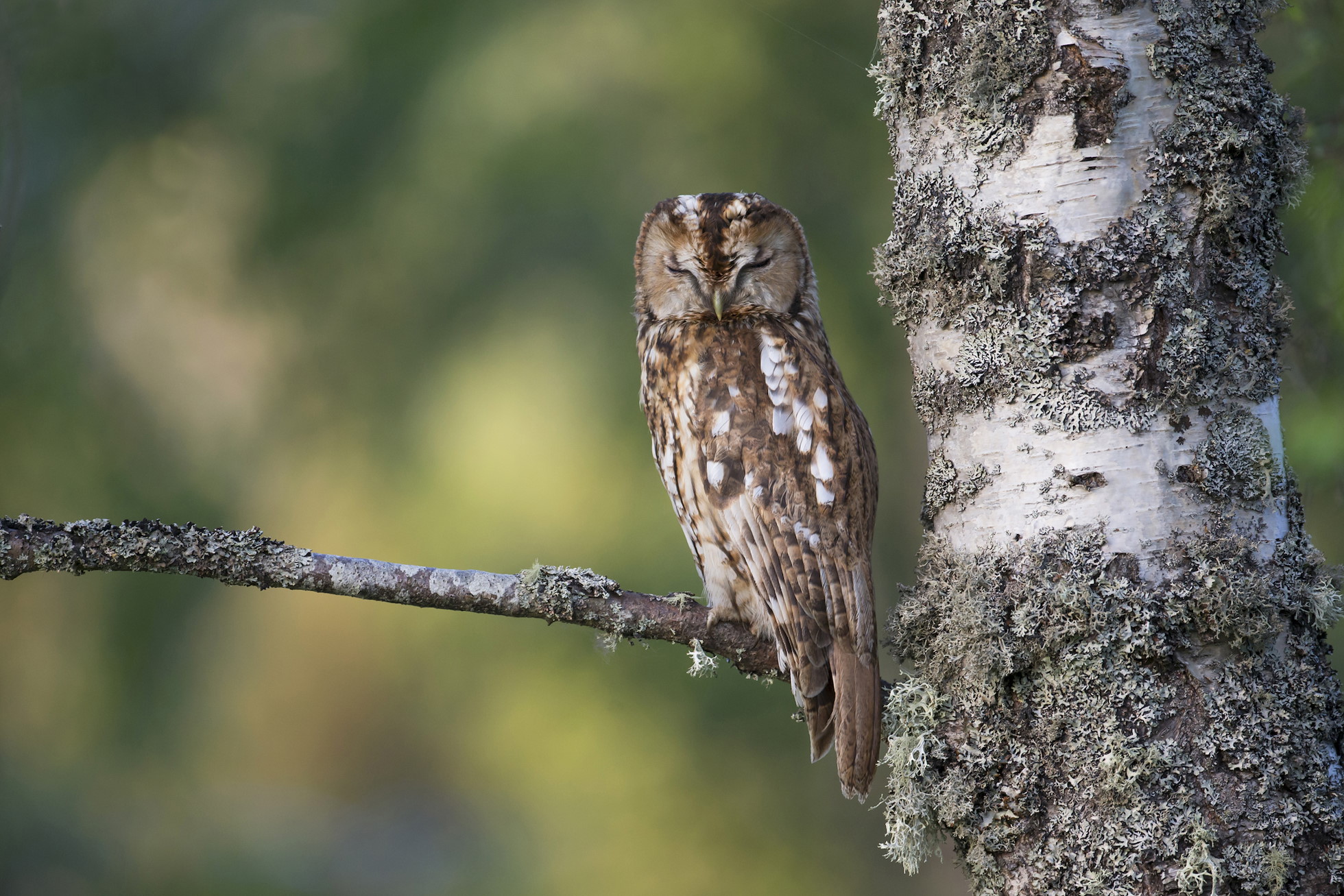
The woodland floor is home to many small mammals – vital prey for species such as tawny owl, seen here roosting in an old birch tree.
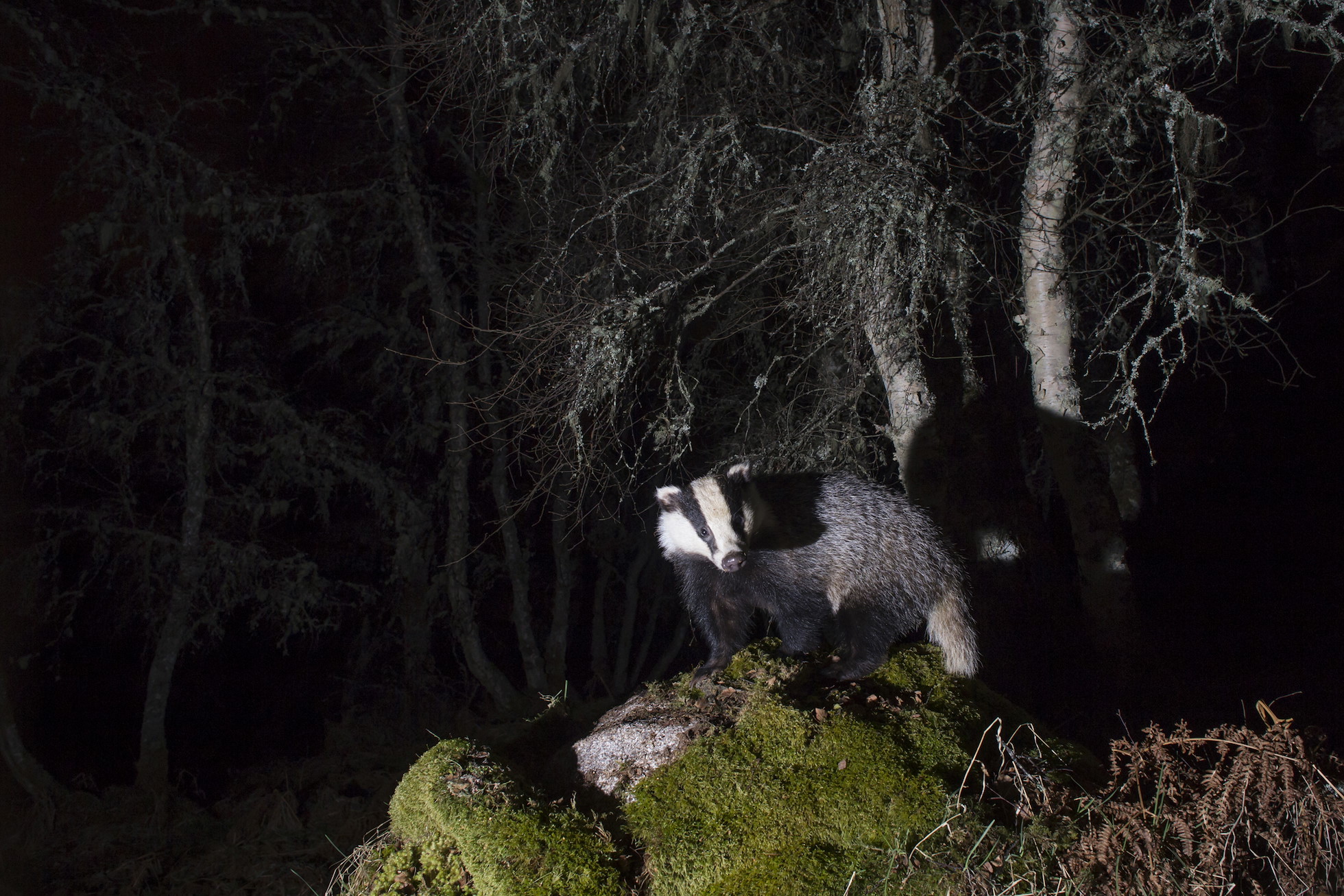
The woodland provides good foraging for badgers. These nocturnal mammals are omniferous, with a diet that includes earthworms, invertebrates, berries, bulbs and small mammals.
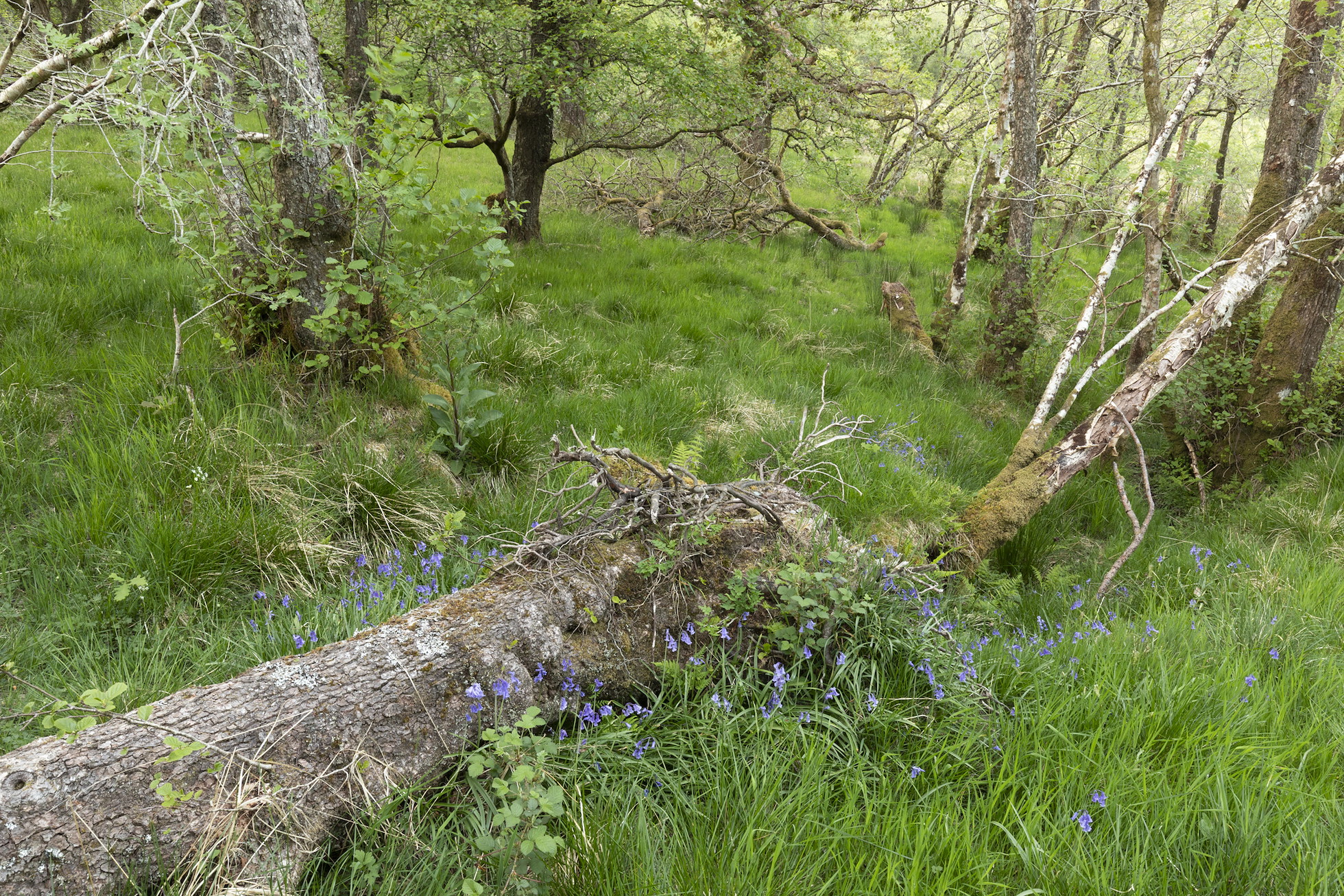
Fallen and standing deadwood provide vital habitat for a multitude of invertebrates and play a key role in recycling nutrients back into the soil.
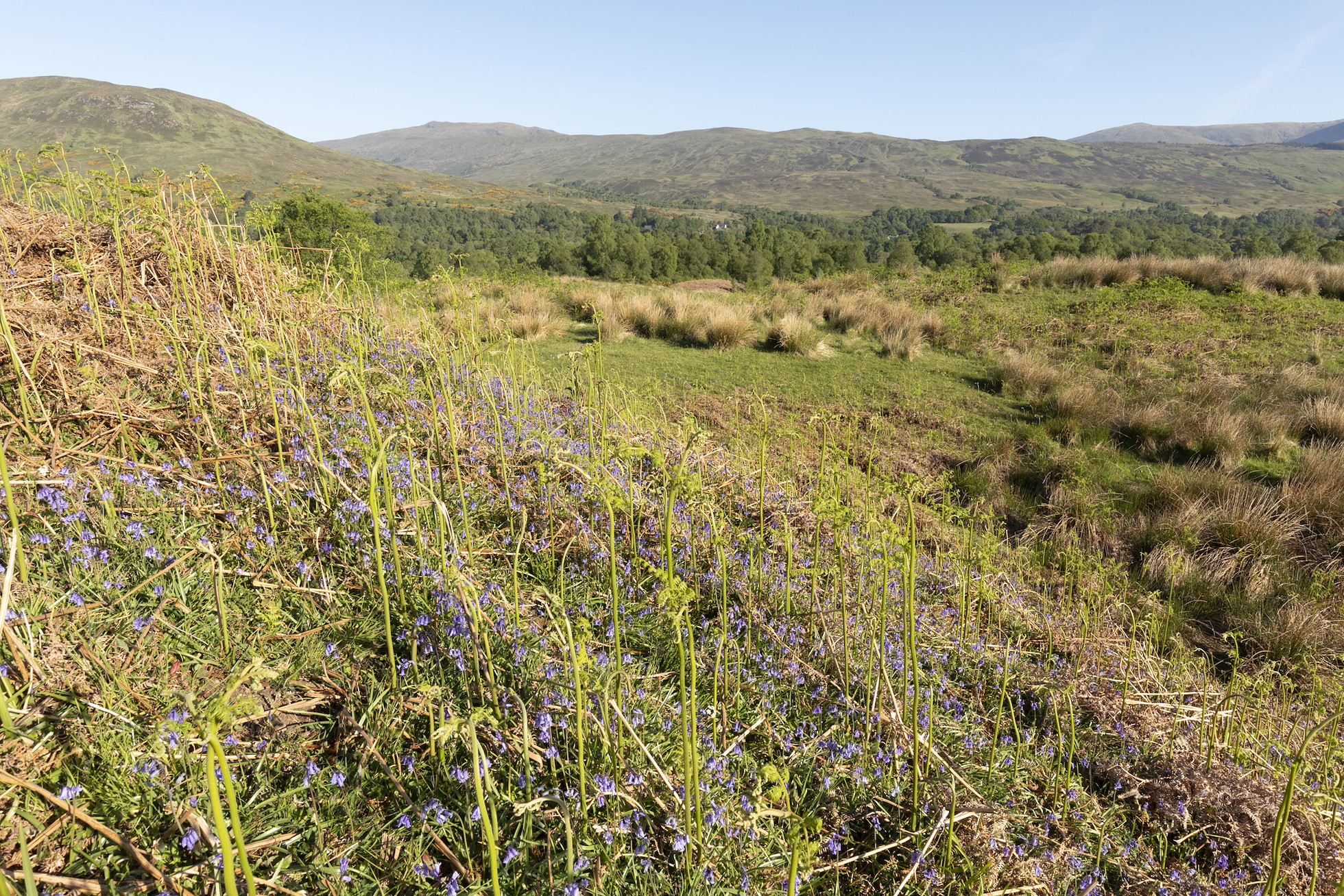
Bluebells and bracken indicate that this landscape was previously covered in woodland.
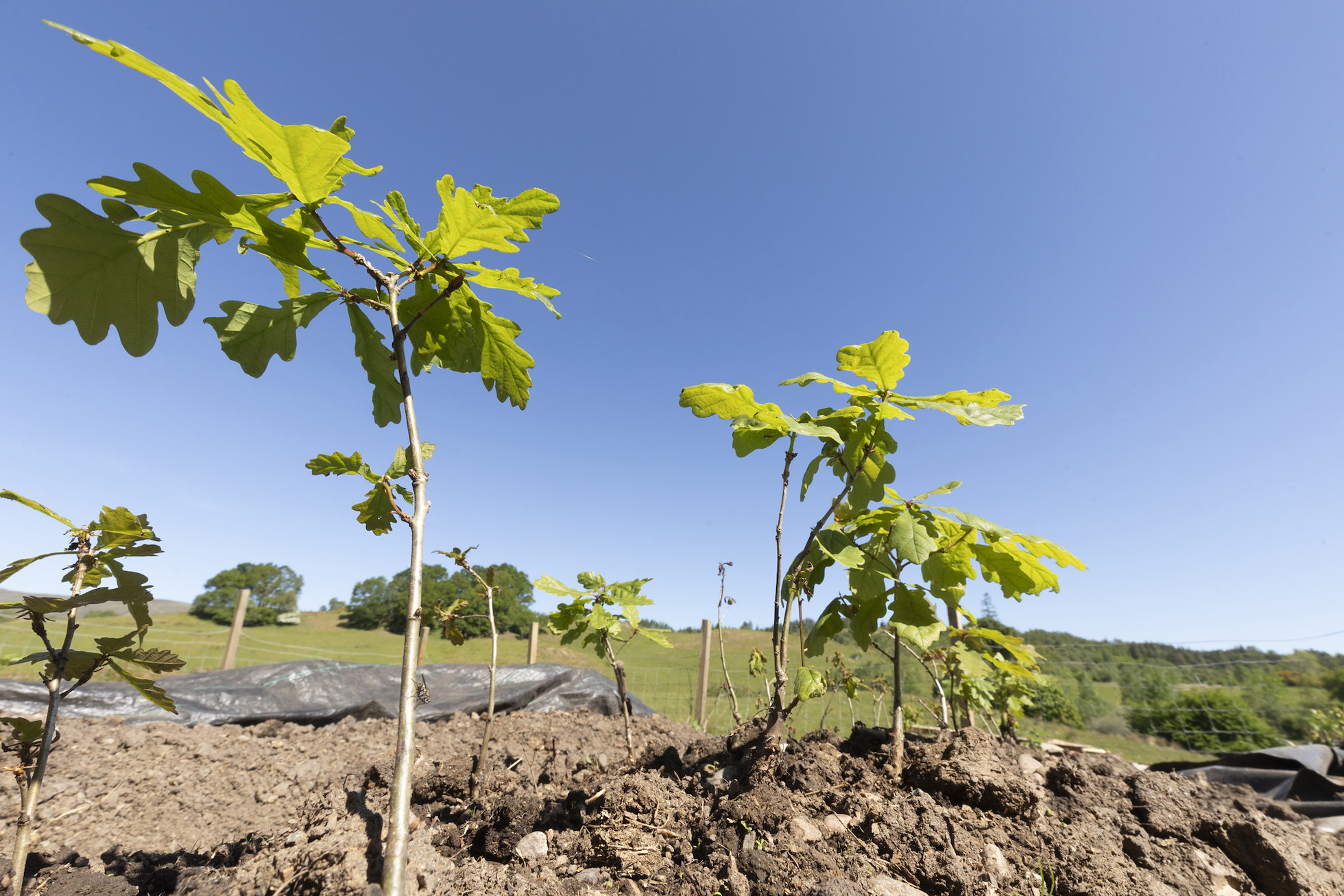
Each autumn, seeds from birch, rowan, hawthorn, oak and hazel are collected from Torlundy’s woodlands and grown in Julie’s garden – to be planted out as saplings by volunteers.
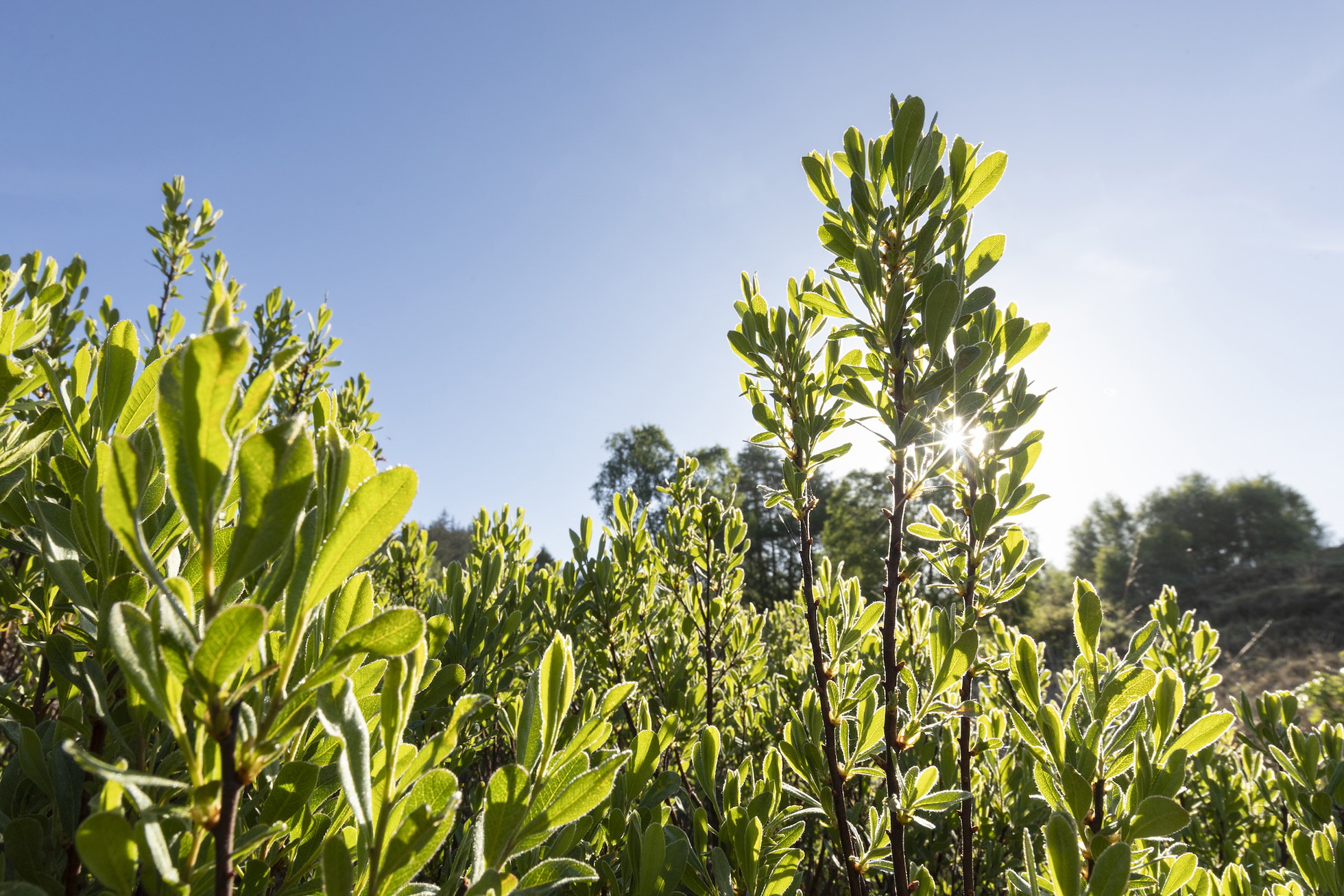
Bog myrtle thrives on acidic peat bogs. Its aromatic leaves were historically used to flavour ale, and it can be used as an effective insect repellent.
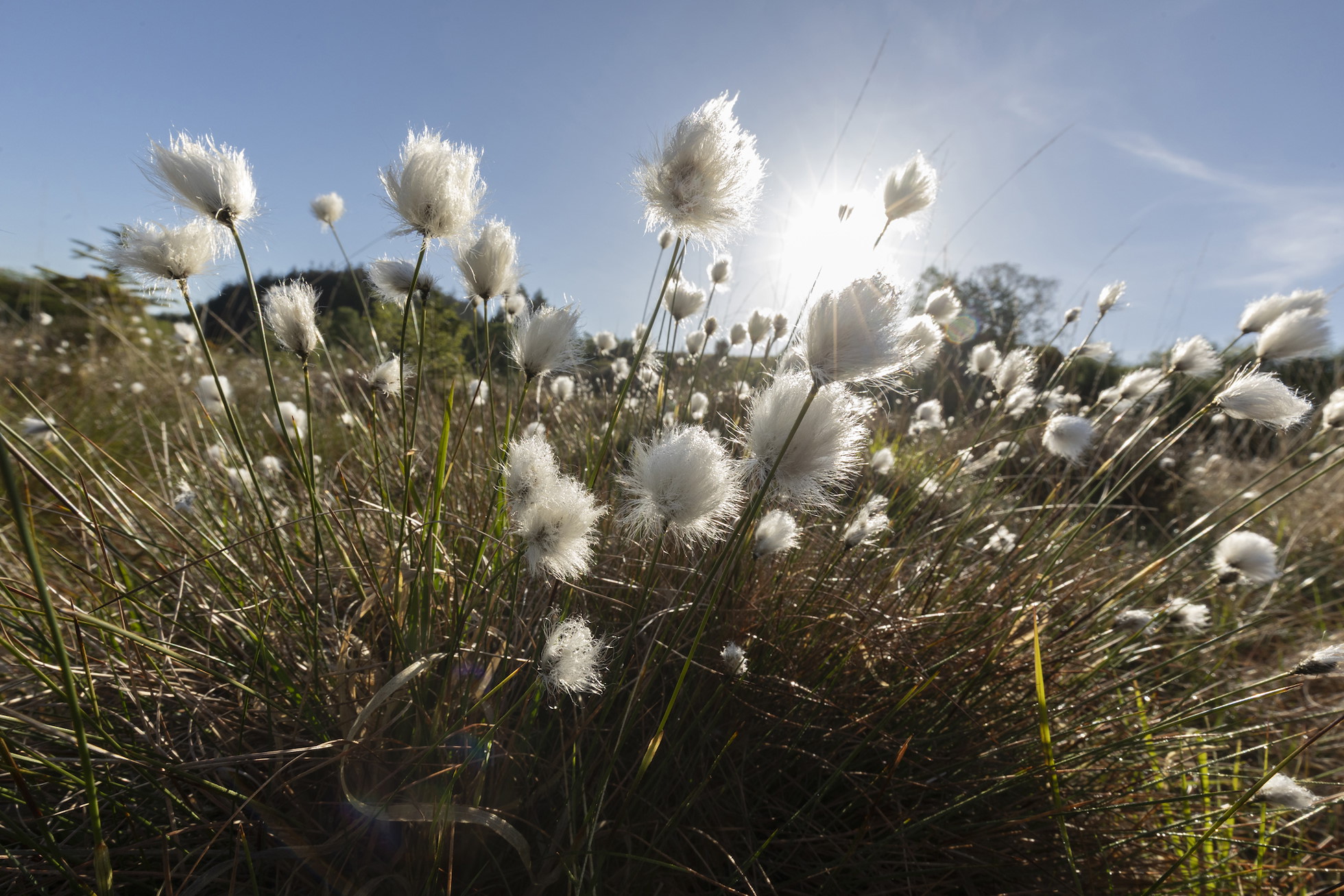
Wetter areas of peat are dotted with the fluffy white flower heads of cotton grass in May.
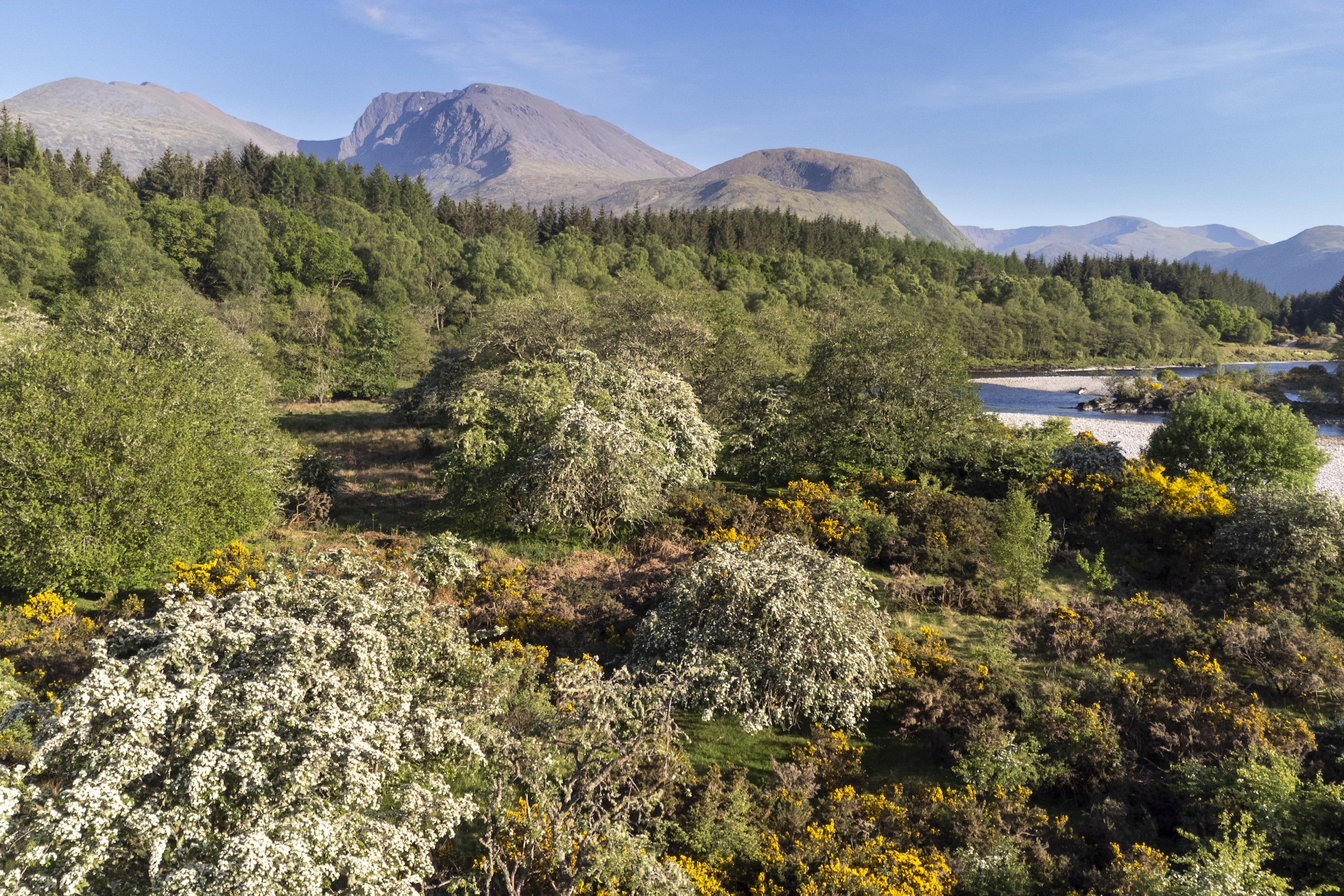
Large areas of gorse and hawthorn scrub provide ideal cover for small birds such as bullfinch, linnet and warblers to raise their young.
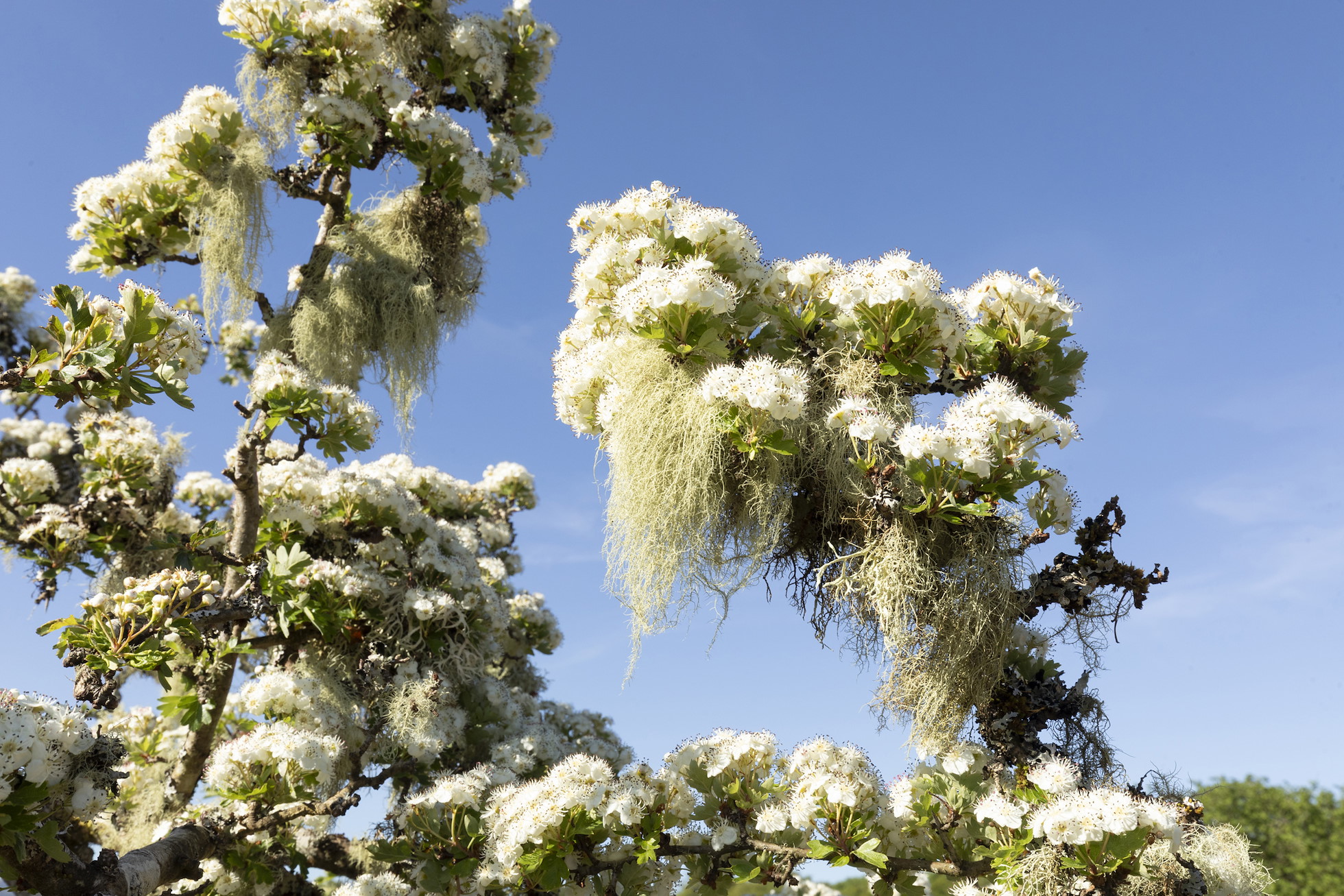
A myriad of insects benefit from the May blossom that festoons the hawthorns in spring, whilst in autumn, visiting fieldfares and redwings gorge on its bright red berries.
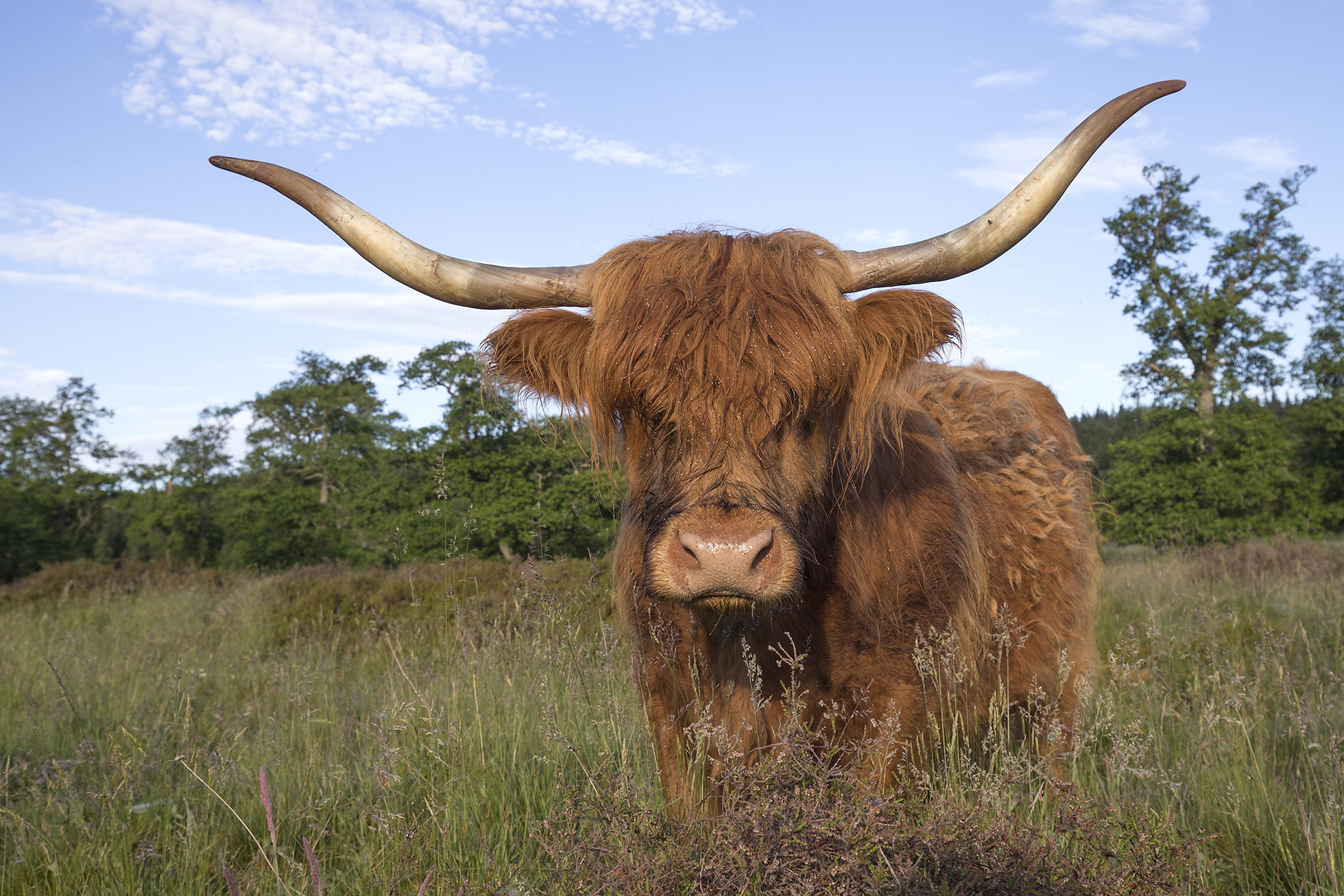
Natural grazing methods with a small herd of Highland cattle are helping Torlundy’s grasslands recover a richer diversity of wildflowers.
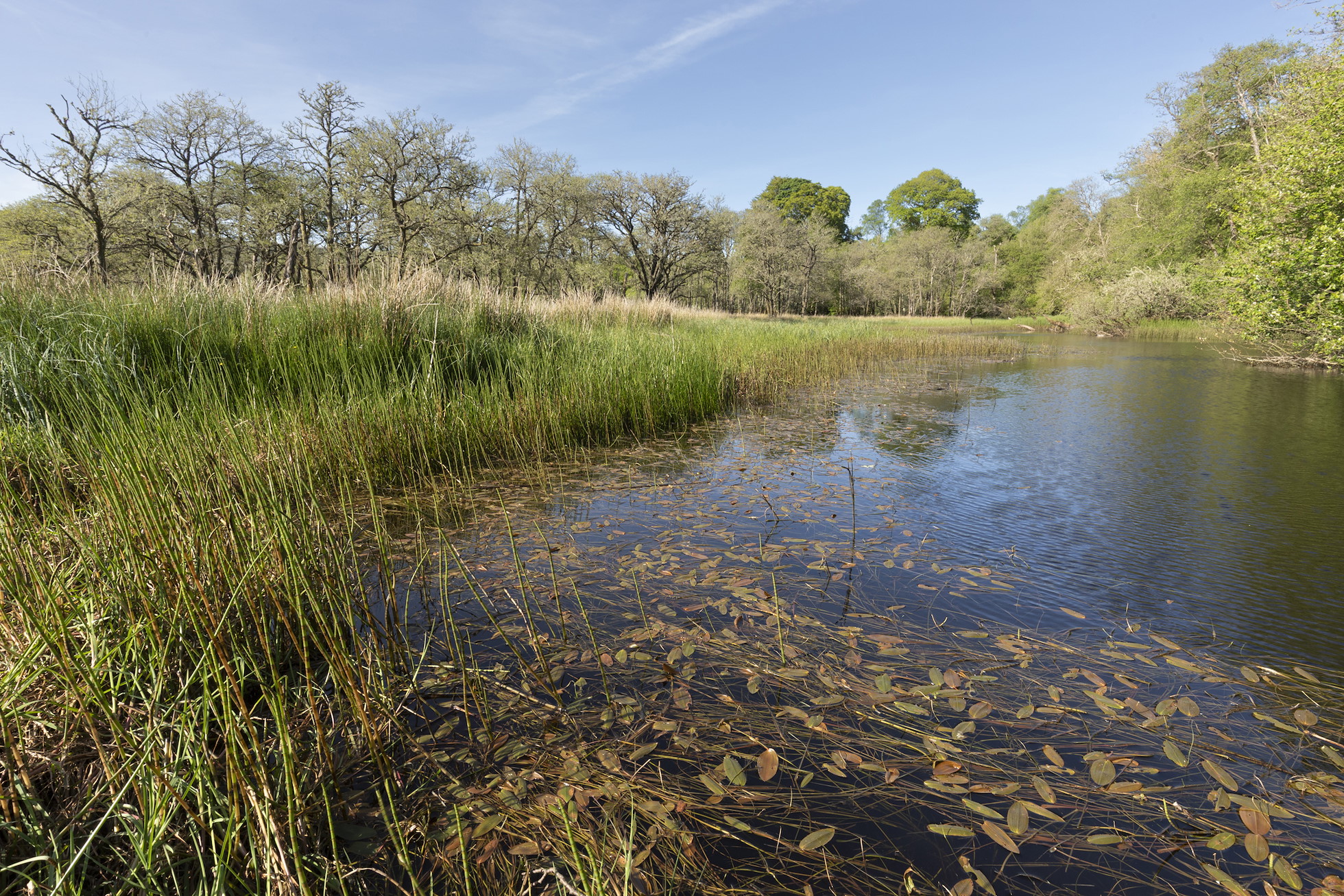
Several large ponds and other wetland features attract amorous amphibians in spring and dragonflies in summer.
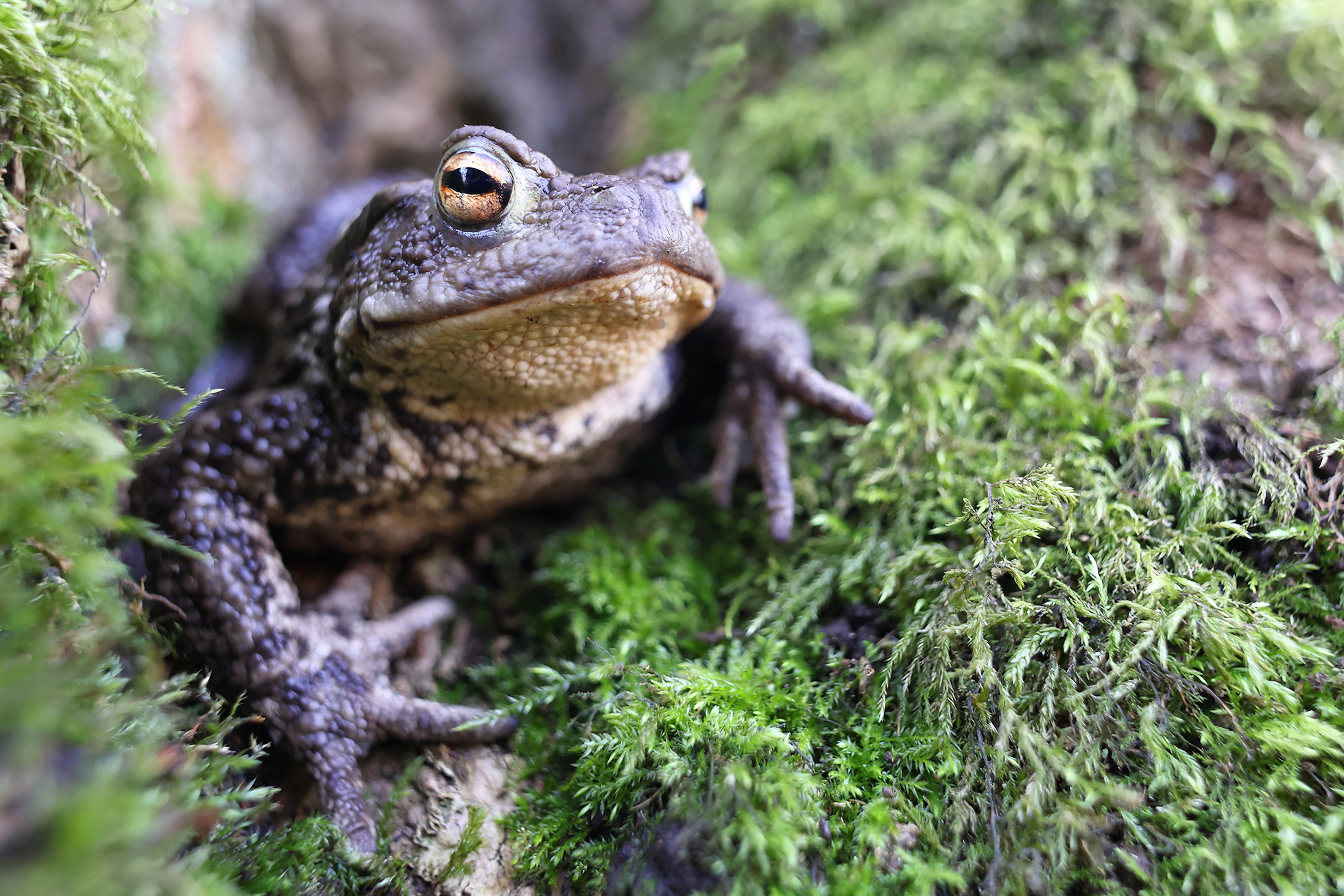
Common toads spend much of the year away from water, foraging for insects in damp habitats and only returning to their aquatic breeding grounds on mild nights in spring.
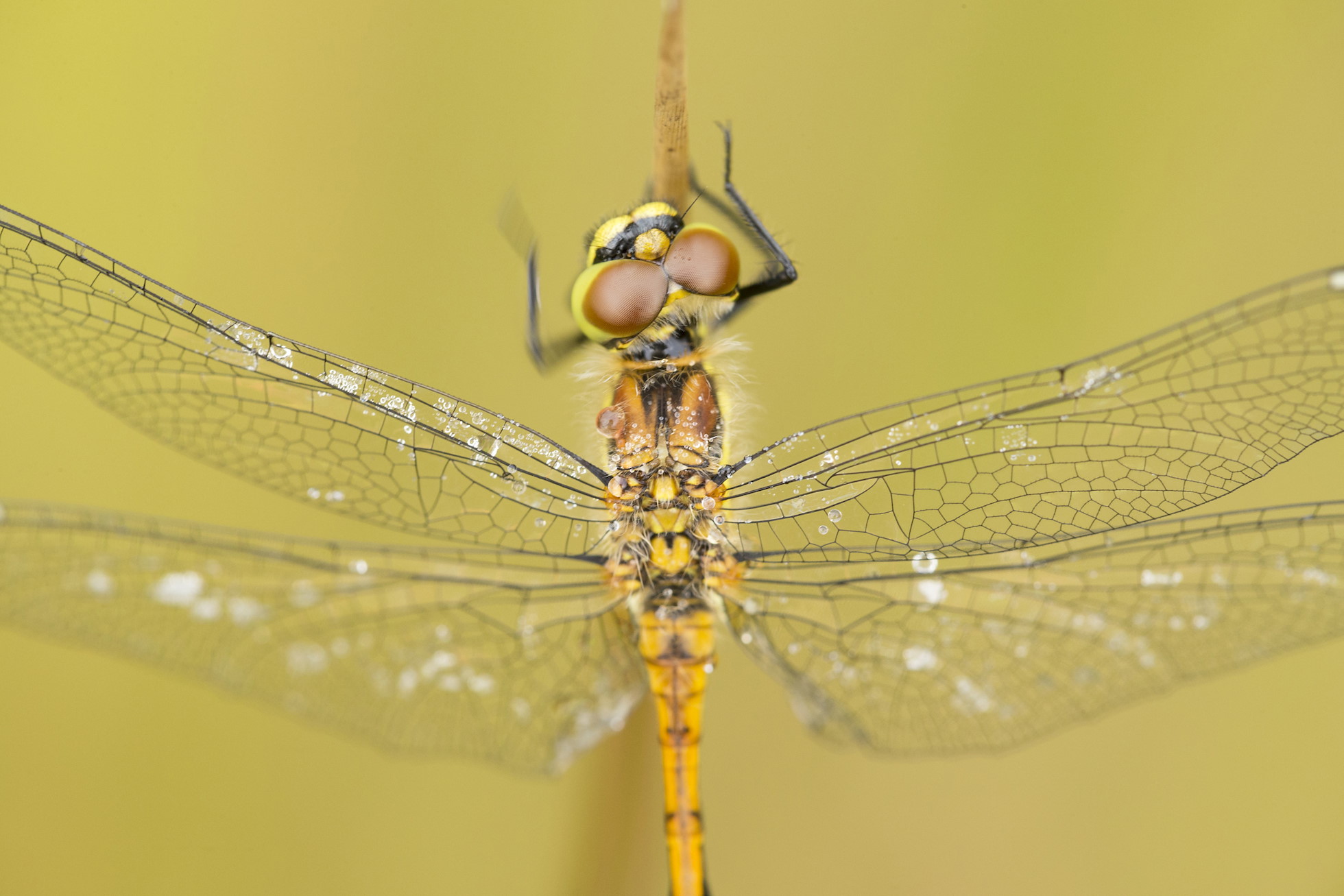
A female black darter takes a break from hunting to clean her remarkable compound eyes. These are made up of 30,000 tiny lenses that provide almost 360-degree vision and exceptional motion detection.
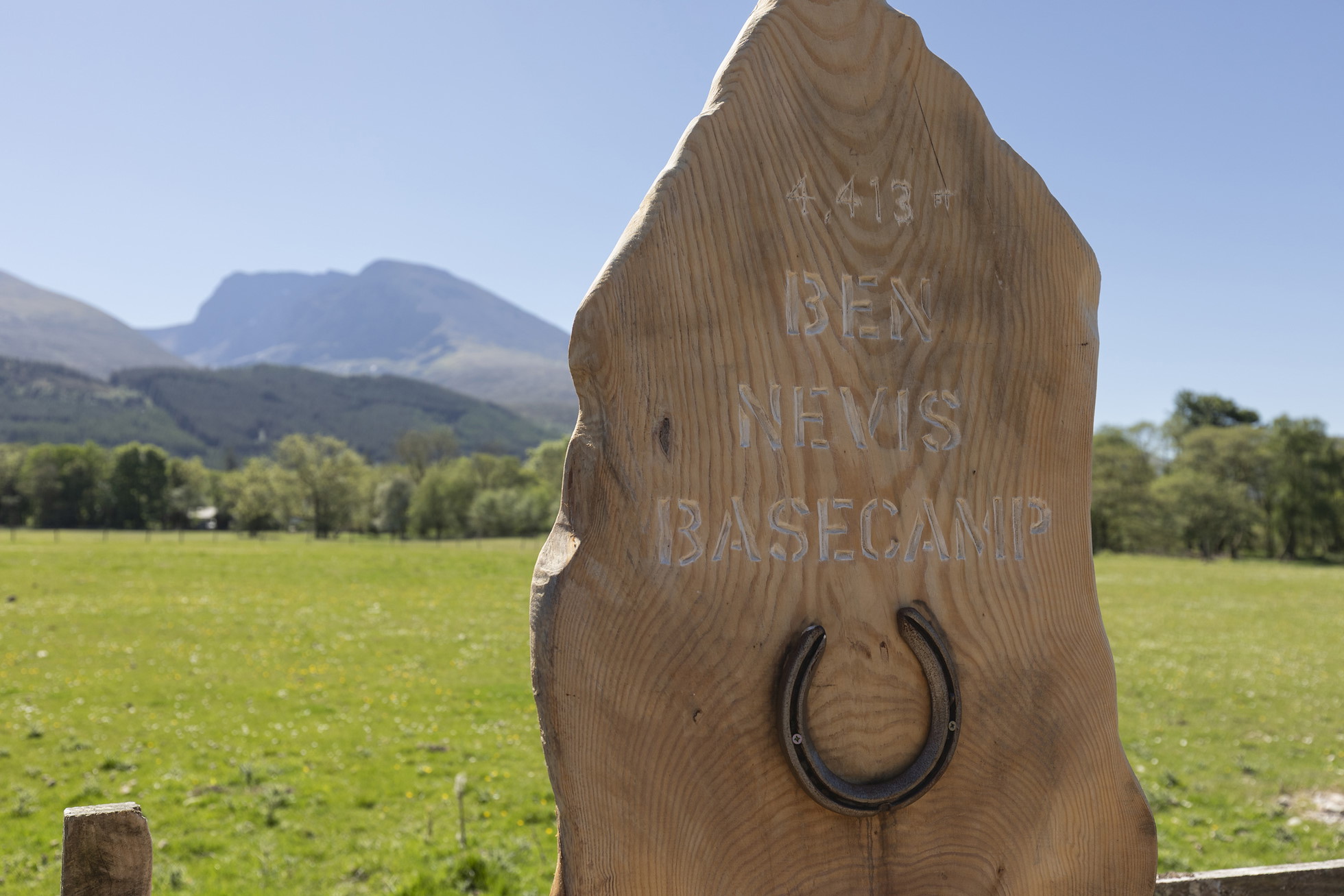
Ben Nevis Basecamp offers spectacular views of Scotland’s highest mountain. And for campers who prefer to sleep off the ground, a range of yurts and cabins come with very comfortable beds!
